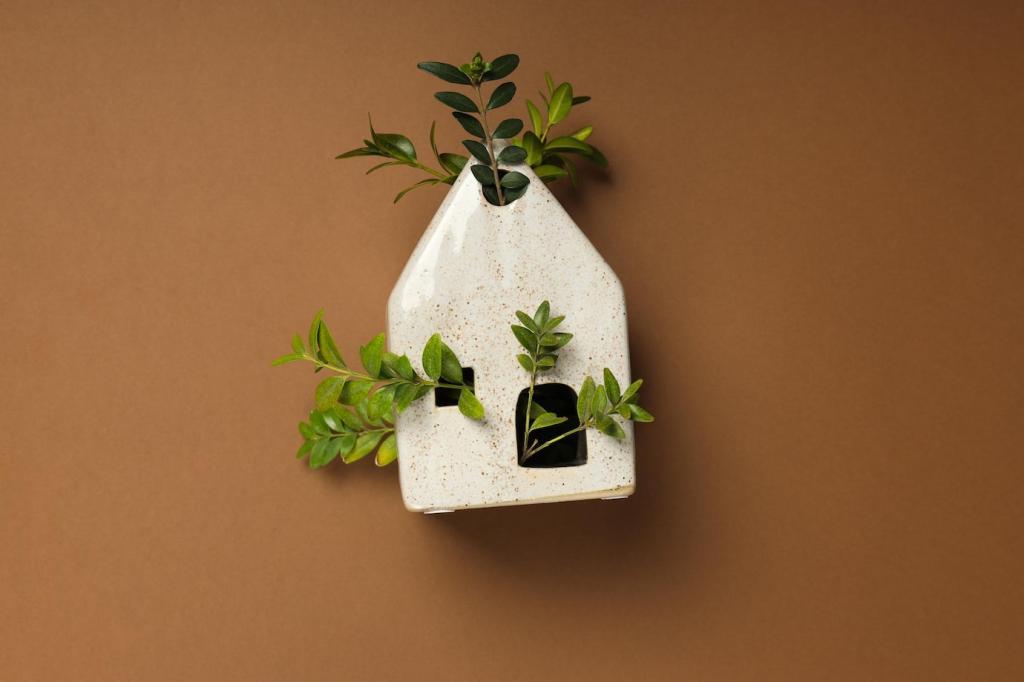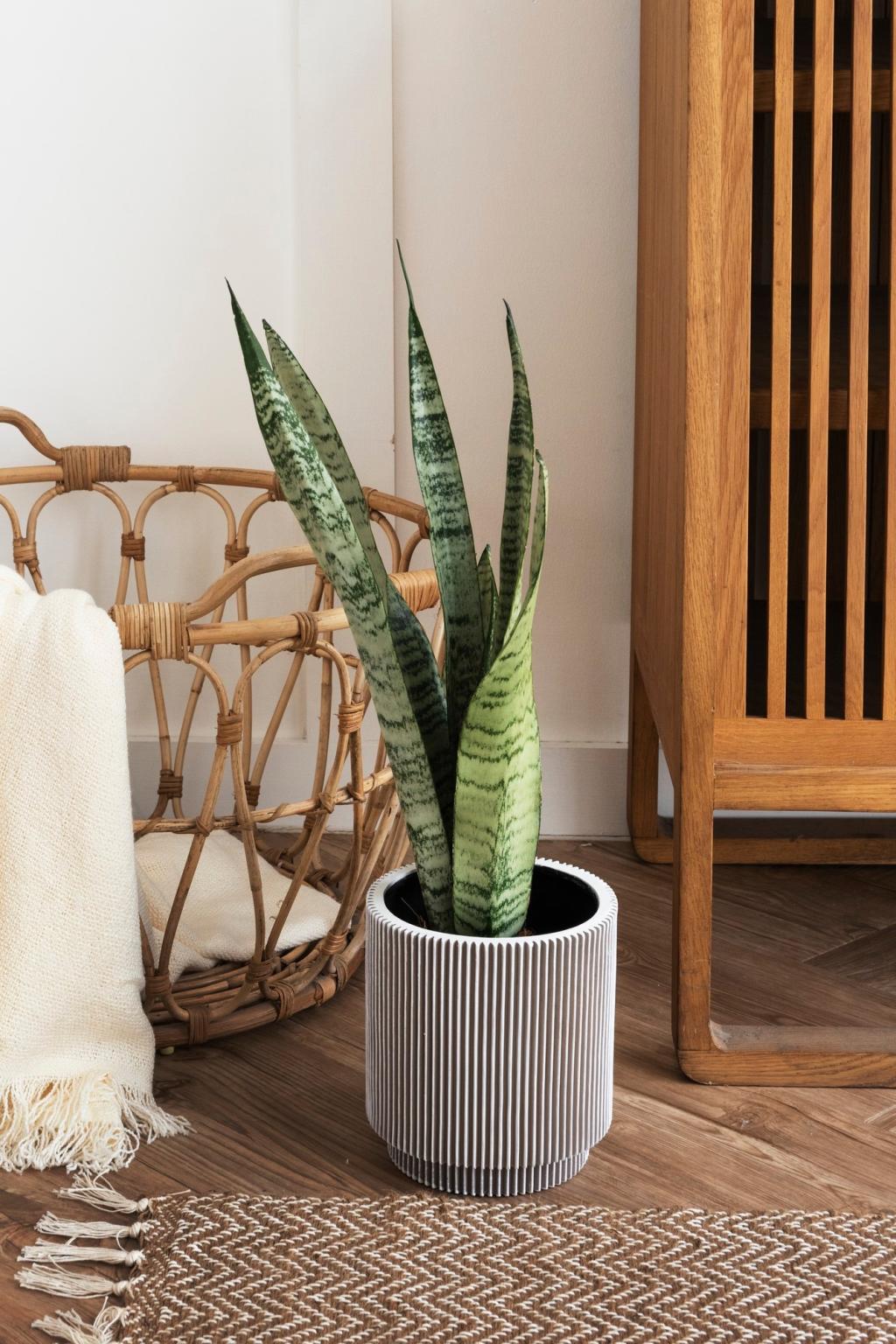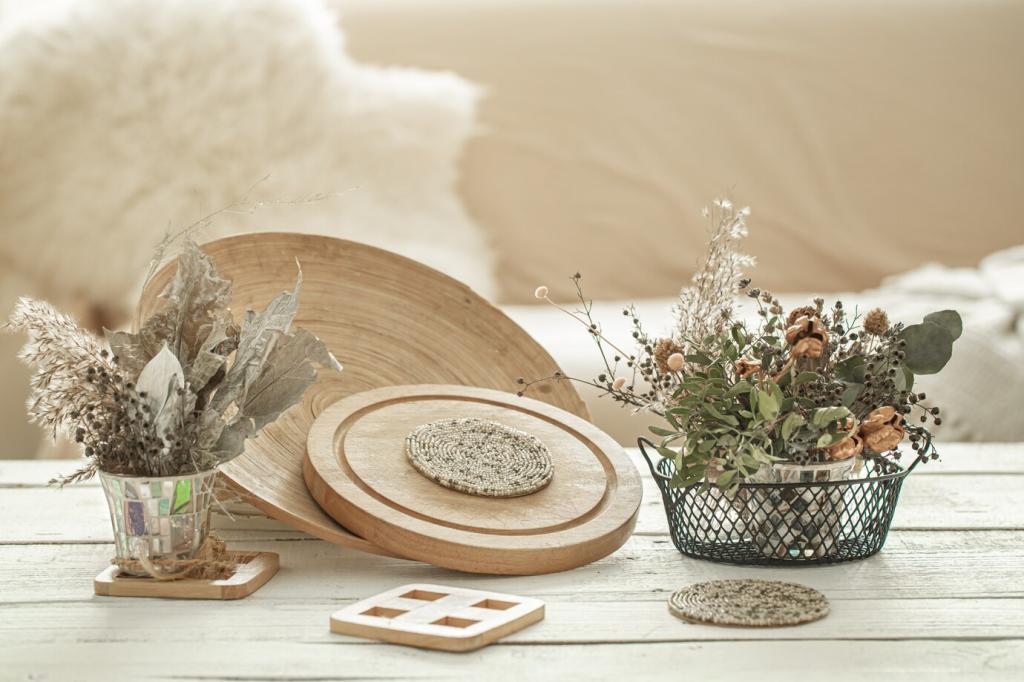Budget, Durability, and Care: Getting Value the Green Way
Factor in installation complexity, underlayments, transitions, maintenance cycles, and refinishing potential. Strand‑woven bamboo and engineered wood can balance initial cost with longevity, while cork and linoleum offer comfort and low upkeep. Durable, repairable floors reduce replacement expenses and waste. A little planning now protects your wallet and the planet later.
Budget, Durability, and Care: Getting Value the Green Way
Adopt simple habits: door mats to trap grit, felt pads under furniture, and pH‑neutral cleaners with microfiber mops. Avoid harsh solvents and excessive water on wood or bamboo. Address spills quickly, maintain stable humidity, and rotate natural‑fiber rugs to balance sunlight exposure. Sustainable care extends life and keeps finishes looking gracefully lived‑in.







